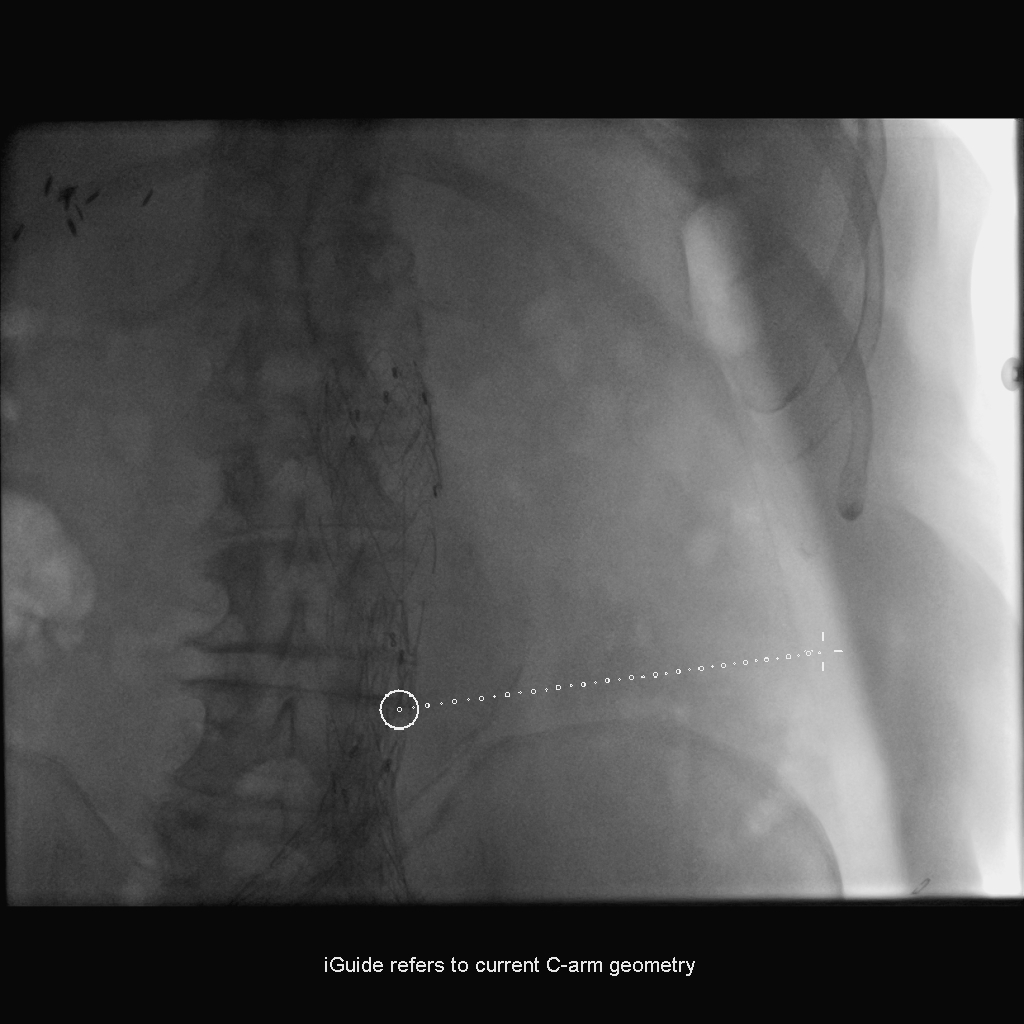|
|
 |
Back to Annual Meeting Program
Use of the Artis-Zeego iGuide Program Facilitates a Rapid and Safe Translumbar Approach for the Treatment of Type-2 Endoleaks
Mikel Sadek, MD, Todd L. Berland, MD, Thomas S. Maldonado, MD, Firas F. Mussa, MD, Caron B. Rockman, MD, Genn R. Jacobowitz, MD, Patrick J. Lamparello, MD, Mark A. Adelman, MD, Frank J. Veith, MD, Neal S. Cayne, MD.
New York University Langone Medical Center, New York, NY, USA.
OBJECTIVES:
Translumbar access may be utilized for the treatment of Type-2 endoleaks in expanding aneurysms following endovascular aortic aneurysm repair. This study sought to assess the safety and efficacy of the Artis-Zeego iGuide program for performing translumbar embolization of Type-2 endoleaks.
METHODS:
The data were derived from a retrospective review of consecutive patients treated for Type-2 endoleaks using the iGuide program from 6/2011-8/2012. Non-contrast rotational imaging was performed using the Zeego system, and the image was aligned with the preoperative contrast image using bony landmarks. The iGuide program was used to generate a digital line that originated at the patient’s skin, avoided critical structures, and terminated within the nidus of the endoleak (Figure). The translumbar needle was directed along the pathway generated by the iGuide program with real-time adjustment along three orthogonal axes. Entrance into the endoleak nidus was confirmed angiographically. Treatment was performed at the discretion of the operator, typically n-butyl cyanoacrylate (nBCA) glue (2.5-3:1 oil:glue) ± coils. Non-contrast CT scans were performed postoperatively for future size comparison. The primary outcome evaluated was technical success. Secondary outcomes included operating room time, fluoroscopy time, and contrast volume.
RESULTS:
Ten patients were evaluated with an average follow-up of 68days (range 1-249days). The average age was 79.0±9.5years (70% male). All procedures were performed electively. Ninety percent of the endoleaks were in the infrarenal abdominal aorta, and one was in the thoracic aorta secondary to intercostal vessels. The approach was from the left side in 90% of patients. Technical success was achieved in 100% of cases, and there were no procedure related complications. Operating room time averaged 43.2±12.8min (range 24-61min). Fluoroscopy time averaged 5.5±4.9min (range 1.6-13.2min), and the average amount of contrast used was 13.1±10.2mL (range 9-30mL). All of the patients were treated using glue embolization, and one patient also underwent coil embolization. The amount of glue mixture utilized averaged 4.7±0.7mL. The aneurysm sacs remained stable in size on follow-up.
CONCLUSIONS:
This study suggests that the Artis-Zeego iGuide program is a useful adjunct for the treatment of Type-2 endoleaks. It allows for rapid and safe access using the translumbar approach. 
Back to Annual Meeting Program

|


